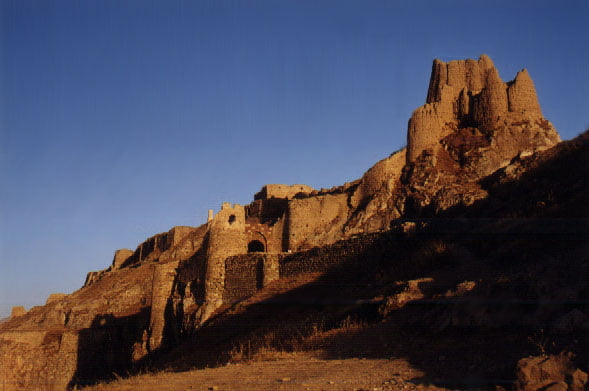Re: Hayasa's Relation in Hayastan's History
whatever "we" were speaking, at least the tribe which we owe our language to was speaking proto-Armenian. We know that. What we don't know is exactly what it looked like, but we know it was Indo-European and probably had a vastly Indo-European lexicon, that mostly does not survive in any attested form of Armenian that we have, due to its shrowding by heavy borrowing from Iranian.
I want to work on it though, I believe we can clarify the picture of proto-Armenian at least by a touch, by using the comparative method to reconstruct its forms from its attested daughters. As I said, perhaps it'll help us determine whether or not it can be sub-grouped with Greek or Phrygian, since there are still come clinks in the chain for that hypothesis that cannot be worked out using just 5th C. Krapar for comparison.
whatever "we" were speaking, at least the tribe which we owe our language to was speaking proto-Armenian. We know that. What we don't know is exactly what it looked like, but we know it was Indo-European and probably had a vastly Indo-European lexicon, that mostly does not survive in any attested form of Armenian that we have, due to its shrowding by heavy borrowing from Iranian.
I want to work on it though, I believe we can clarify the picture of proto-Armenian at least by a touch, by using the comparative method to reconstruct its forms from its attested daughters. As I said, perhaps it'll help us determine whether or not it can be sub-grouped with Greek or Phrygian, since there are still come clinks in the chain for that hypothesis that cannot be worked out using just 5th C. Krapar for comparison.









Comment